What’s a good way to start the year? To reflect on the past and to think about what the future holds for us. In this blog post, we’ll review the key HR trends that’ll shape the future of the workforce for 2023 and beyond. Read on and share your opinion with us!
1. Hybrid offices
In June 2020, Gartner conducted a survey among 127 companies to find out their plans towards post-COVID workplaces. The survey revealed that 47% of companies will allow their employees to work remotely even after the pandemics. Other companies (43% of respondents) will introduce flexible days, so employees can choose between remote or on-site work.
That’s how we’re approaching the era of hybrid offices (or workplaces). A hybrid office is one of the hottest HR trends in 2023 that offers a versatile approach to organizing a workplace:
- Partially remote that implies some of part of the workforce working remotely and another one works on-site. It’s a typical scenario for companies that can’t move some of their processes to the remote due to security or hardware limitations.
- Flexible remote hours or days, so employees can manage their workflows and work some of the time out of the office.
- A coworking-like organization of the office where employees don’t have a dedicated desk or a workplace. They book the workspaces in advance once they decide to work on-site.
Companies are massively rethinking their real estate strategy, refusing long-term office rents and investing in spaces that’ll function as headquarters and premier locations.
Hubspot, a sales and marketing software vendor, has offered three options to their employees: @home, @office, and @flex. From January 2023, employees can choose whether they want to work from home most of their time, go to the office three or more days per week, or have a mixed workflow. With this initiative, Hubspot will reinforce their remote-friendly strategy and improve their employee wellbeing.
I am convinced that nothing we do is more important than hiring and developing people. At the end of the day, you bet on people, not on strategies – Lawrence Bossidy, writer and retired businessman
2. Employee experience: redefined
With COVID-19, the employee experience concept has slightly shifted to the life experience which isn’t associated with an office or physical presence with a team. A report by McKinsey stated that since the pandemic, companies have started focusing on building strong leadership and a sense of trust among the current workforce and potential employees in the job market. Such findings aren’t surprising as employees are seeking a reliable and supportive environment during uncertain times.
Among workforce management trends in 2023, we’ll see companies redefine their employee experiences, engagement techniques, and benefits packages.
First, focus will be put on employee wellbeing and perks that’ll help them streamline daily routines. The Hartford’s Future of Benefits Study conducted in August 2020 shows that employees are becoming highly interested in perks like paid time off (52%), hospital indemnity insurance (48%), employee assistance programs (56%), and mental health support services (51%).
Second, companies will make a shift from offline to online experiences. Zoom-driven team building parties, fitness and yoga classes, and mindfulness sessions – the list goes on and on.
Finally, among future HR trends we’ll see a shift to life experience with benefits packages that aren’t directly connected with the company. For example, at Chanty, a company that develops a collaboration tool, each employee received a $100 bonus to spend on a party and presents for their families.
Another hit of 2020 that’ll continue in 2023 is food delivery straight to employee’s homes, so they don’t have to spend time cooking and grocery shopping. Bonuses like these demonstrate to employees that a company cares and supports them through hard times by deed, not by a word.
Are you struggling to keep up with future HR trends?
HR leaders must constantly work on keeping the organization and its employees working towards common goals. Download the report to explore the impact of the upcoming mega HR trends and take a head-on to stay competitive.
3. Employee upskilling
Employee upskilling entered into the picture of HR trends some time ago. A recent Udemy’s survey showed that the upskilling demand grew to a whopping 38% in 2020. As a comparison, in 2019 this figure was only 14%.
How has upskilling become one of the key HR trends? Because it’s a sustainable and lean approach to developing your workforce. Upskilling initiatives help HR professionals retain employees, boost morale, and cut costs on recruiting and onboarding.
Last year brought us challenges like laying off, increased number of sick leaves, and transition to remote work. To stay agile and adapt to external market challenges, organizations will implement upskilling initiatives to help their workforce stay competitive in the job market. For instance, a consulting firm PricewaterhouseCoopers (PwC) spent $3 billion on upskilling employees that have been working at the company for the last 3 or more years. This is one of the most ambitious PwC’s upskilling initiatives that implies training on a day-release basis.
4. Data-driven HR and people analytics
Did you know that only 34% of HR executives rely on data and metrics for decision making? If one of your New Year’s resolutions for 2023 was to take a more data-driven approach to your people strategy, it’s high time to start the changes.
According to LinkedIn’s research, the key drivers of people analytics include:
- The rise of CHRO’s role in the company’s processes. To stay competitive within an organization, HR executives need to adopt a data-driven mindset to assess current and future workforce demand, skill gaps, diversity in the workplace, and more.
- Technologies like AI-powered chatbots, screening tools, and recruitment automation tools that make a candidate’s experience more engaging and dynamic.
- Competitive market that requires organizations to build long-term workforce planning strategies. With a clear vision of what a company will look like in 10-15 years, HR executives are able to predict the expertise demand and save costs on learning and development.
5. Diversity, equity, and inclusion (DEI)
In 2020, the amount of search queries on workforce diversity insights has increased by 74% in comparison with a year before. Companies recognize the impact of diverse teams on business innovations, profitability, and team morale. In fact, companies with a highly diverse workforce reported up to 19% higher revenues than companies with low diversity.
Here are several HR trends related to DEI we’re expecting to observe in 2023:
- Redefined hiring strategy. Hiring is the first step to ensuring a diverse workforce. Diversity sourcing, blind hiring processes, and AI-powered candidate screening are common recruitment techniques that’ll help HR executives build diversified teams.
- Education initiatives. For example, Starbucks initiated anti-bias training for employees in the US and Canada to fight race and ethnicity bias. The company resorted to these measures after a notorious Philadelphia’s case when two afro-Americans were arrested at Starbucks without a reason.
- Analytics and accountability. People analytics will come in handy to set SMART diversity goals, measure the HR efforts, and create an inclusive workplace. With automated diversity tools, HR executives will be able to determine diversity ratios across the company and find opportunities for improvement with actionable data at hand.
Future HR trends: what’s next?
As we can see, 2023 pushed the HR industry to rework conventional processes and focus on positive employee experience. As never before, we pay attention to the mental health of our employees and encourage diversity initiatives.
To keep up with further challenges and rely on data rather than intuition in your HR decisions, opt for our reliable and fully customizable software solutions like smartPeople and smartInsights. Or, you can get in touch with us to discuss how we transform your organization together.
Be the first to know the HR industry’s updates
Keep up with the latest HR news and trends with our curated newsletter.


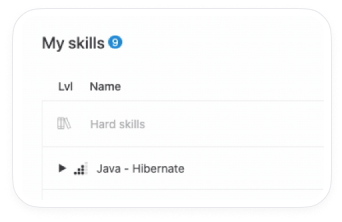
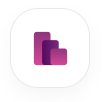









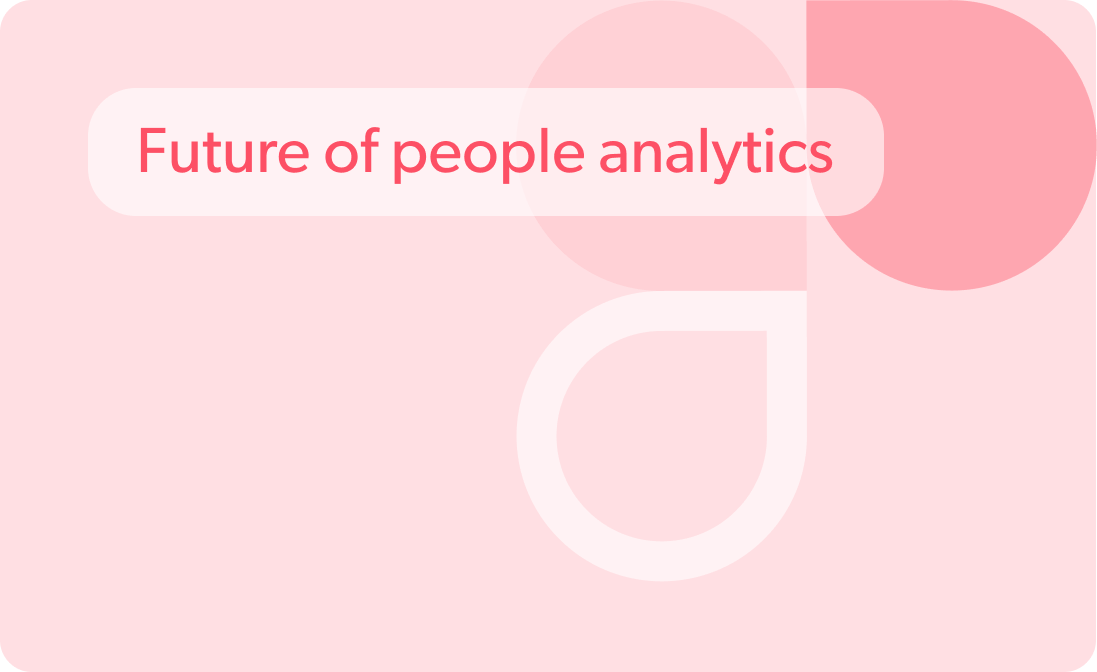
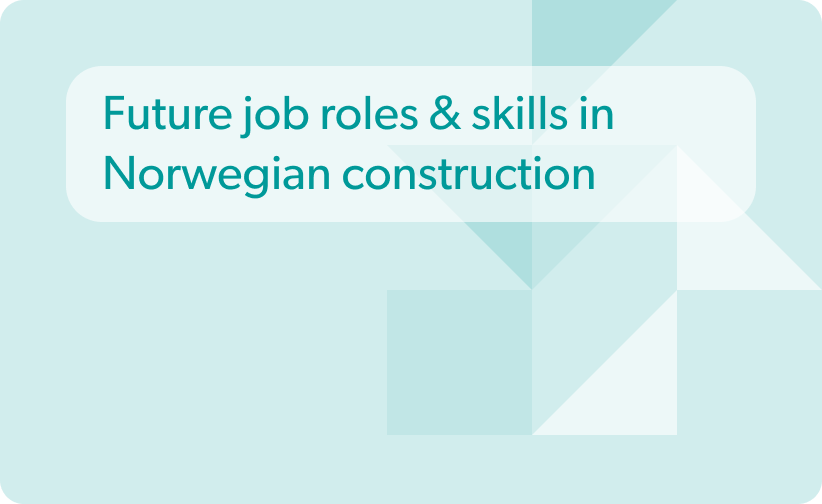
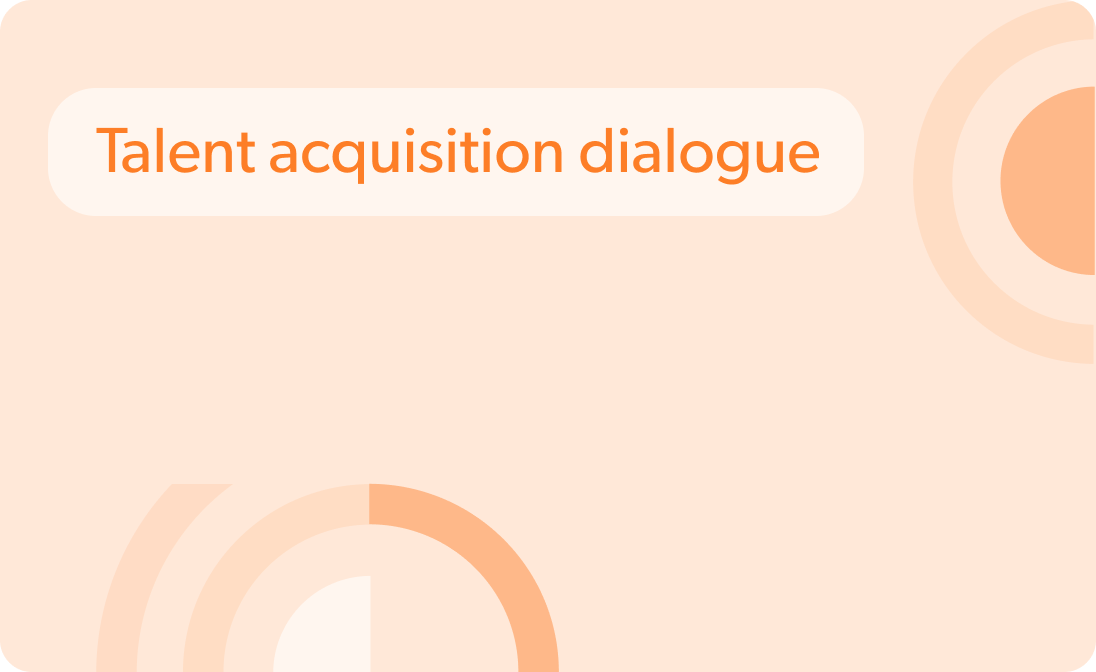











 info@hrforecast.de
info@hrforecast.de
 +49 89 215384810
+49 89 215384810






